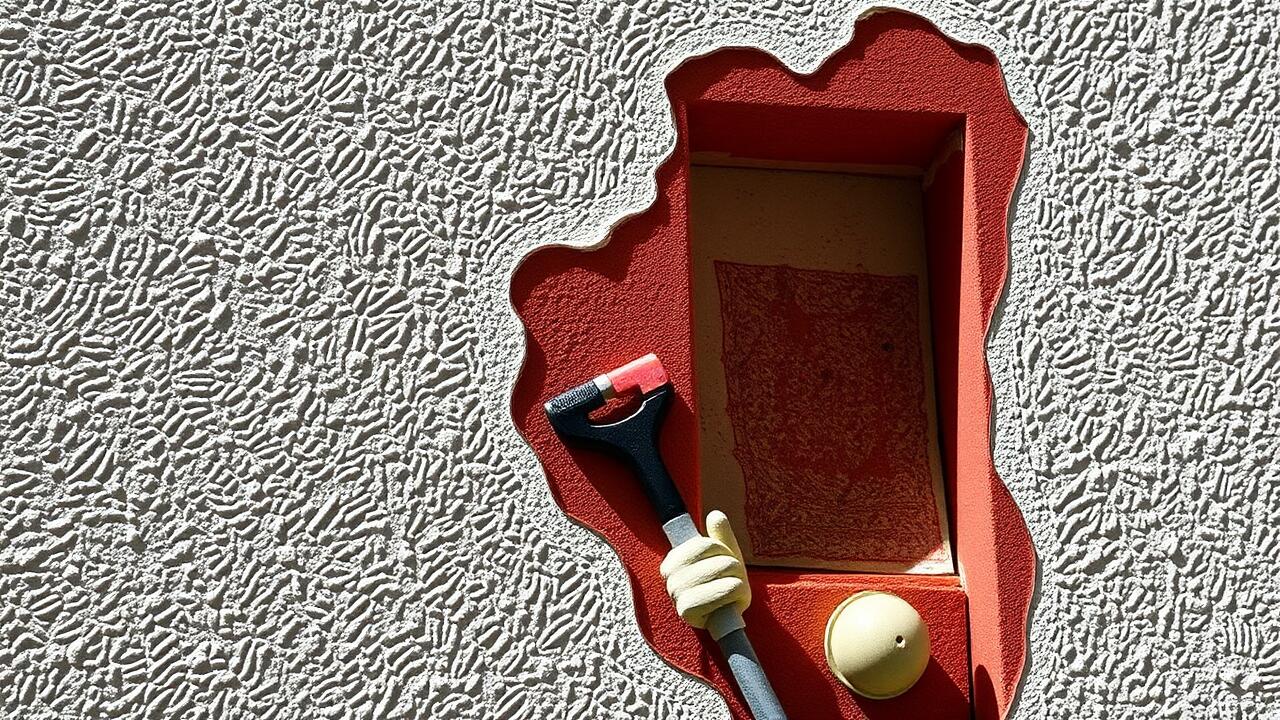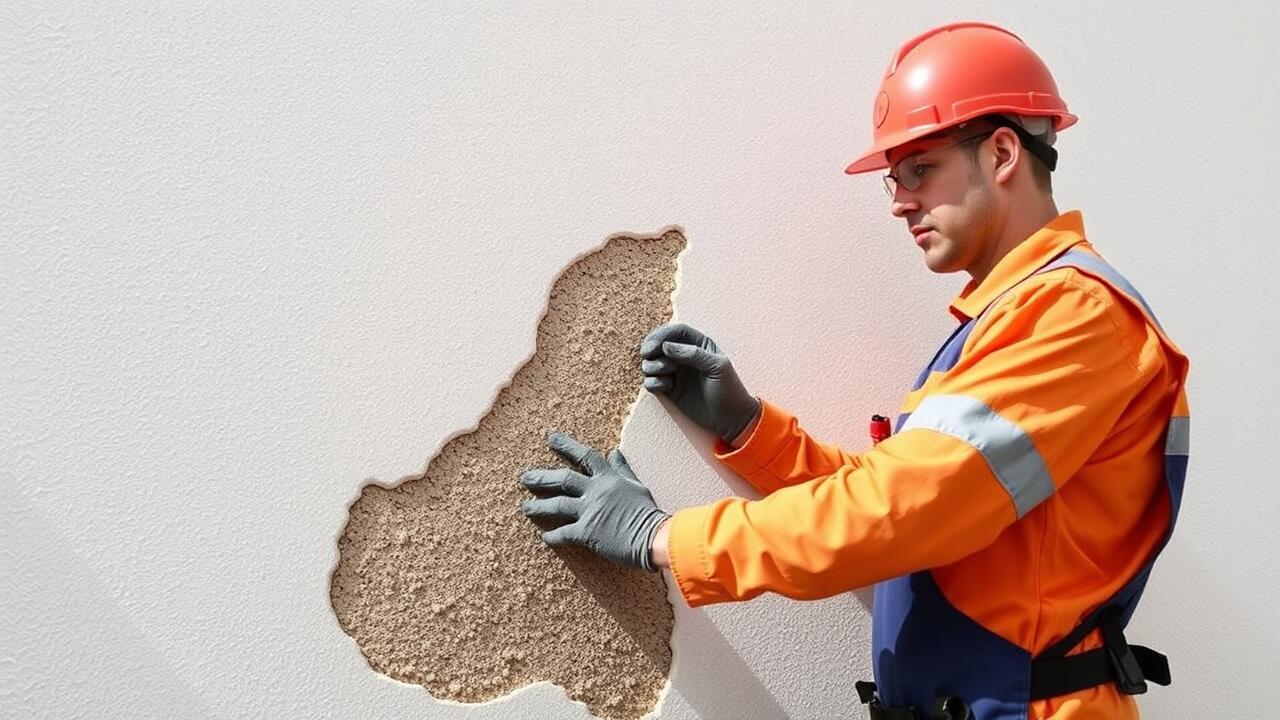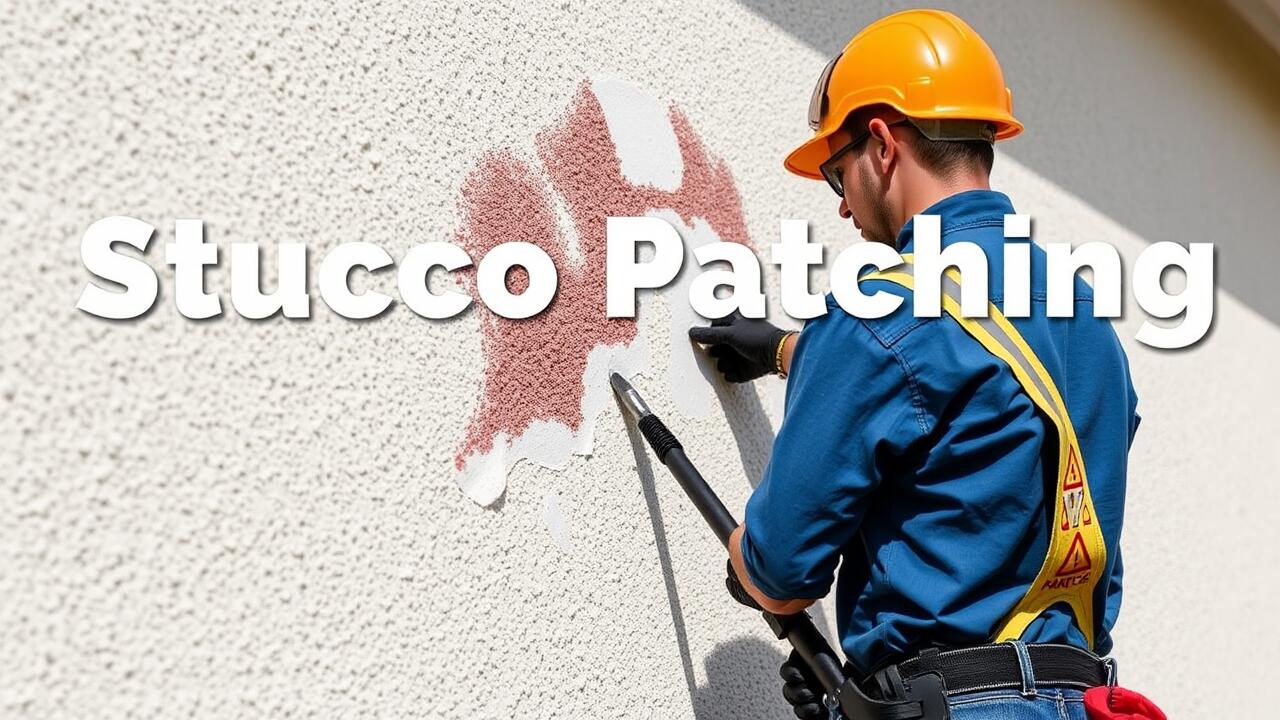
The Replacement Process Outlined
Replacing stucco involves several steps that ensure a durable and aesthetically pleasing finish. Initially, inspection is crucial to identify any underlying damage that may not be visible on the surface. Once the assessment is complete, the old stucco must be removed carefully to avoid damaging the building structure. This process often includes removing lath, which acts as a support system for the stucco. After the removal, the surface is prepared for the new application, ensuring a secure and smooth finish.
Next, the installation of new stucco begins with the application of a bonding agent to enhance adhesion. The new stucco is then mixed, colored, and applied in layers, allowing for proper drying time between each coat. Homeowners seeking local assistance may find listings for "Stucco Patching near me" to ensure the work meets local standards and practices. Proper curing is essential for long-term durability, making it important to follow industry best practices throughout the replacement process.
Key Steps for Installing New Stucco
Installing new stucco requires careful preparation and adherence to specific steps. First, homeowners should ensure the underlying surface is clean, dry, and free from any moisture. This often involves repairing any underlying damage or deteriorated materials before applying the stucco. A proper scratch coat is then applied, providing a robust foundation for the stucco. Once the scratch coat has cured, the application of the brown coat follows, which helps achieve the desired thickness and creates a solid base for the final surface.
After the brown coat has set, the stucco finish coat can be applied. Homeowners have the choice of various textures and finishes, which contribute to the overall aesthetic. It's essential to monitor weather conditions throughout this process since excessive moisture or heat can significantly affect curing times. For those seeking professional help with installation or needing repairs, searching for “Stucco Patching near me” can connect them with local experts equipped to ensure quality workmanship.
Impact of Climate on Stucco Longevity
Climate plays a significant role in the longevity of stucco exteriors. In regions with extreme temperatures or humidity, stucco may face increased stress, leading to cracks, peeling, or other forms of deterioration. Moisture can seep into the material, resulting in mold growth or structural issues if not promptly addressed. Homeowners in areas prone to heavy rainfall or freezing conditions should be particularly vigilant about their stucco maintenance.
Finding reliable "Stucco Patching near me" can be essential for timely repairs and to prevent more extensive damage. Local professionals can assess the situation and determine whether patching is adequate or if a replacement is necessary. Understanding the specific climate-related challenges in one's area can help homeowners make informed decisions about the care and upkeep of their stucco structures.
How Weather Conditions Affect Repairs and Replacements
Weather conditions play a critical role in the efficacy of stucco repairs and replacements. Temperature fluctuations can affect both the curing process of new materials and the adhesion of patching compounds. In colder climates, the risk of freezing can lead to inadequate curing, ultimately compromising the durability of repairs. Conversely, excessive heat can cause rapid drying, which may also hinder the materials from properly bonding to existing surfaces.
Moisture levels can pose additional challenges. Heavy rains before or during a repair project may lead to water intrusion, creating an unstable environment for new stucco to set. Humidity can also influence how well patching materials perform. Homeowners looking for "Stucco Patching near me" should consider these factors and monitor local weather forecasts before proceeding with any repairs. Proper timing can ensure the longevity and effectiveness of stucco applications.
Professional Help vs. DIY
When considering whether to tackle stucco repairs or replacement as a DIY project or to seek professional help, it’s essential to assess your skills and experience. Simple patching jobs may be manageable for someone with basic home repair knowledge. However, larger issues such as extensive cracks or water damage often require more expertise. Homeowners should also factor in the tools and materials needed for a successful job, which can add to the overall cost and complexity.
In many cases, hiring a professional can save time and ensure a high-quality finish. Professionals have the experience and knowledge to diagnose underlying issues that may not be apparent at first glance. If you’re searching for reliable services, trying "Stucco Patching near me" can yield valuable leads. Selecting a skilled contractor not only provides peace of mind but also contributes to the longevity and durability of the stucco work.
When to Seek Expert Assistance
When considering whether to repair or replace stucco, it is essential to evaluate the extent of the damage. Minor cracks and superficial issues often lend themselves to DIY repairs. However, significant structural problems or widespread deterioration usually require professional intervention. Homeowners should assess their skill level and the complexity of the work before diving into repairs, as improper handling can lead to exacerbated issues.
If the damage is extensive or involves underlying wall problems, seeking expert assistance becomes crucial. Professionals offer not only the experience but also access to quality materials and tools that can ensure a lasting solution. For those searching for help, looking up “Stucco Patching near me” can connect you with local professionals who specialize in repairing and replacing stucco. Engaging with experts may also provide insights into the best practices for long-term maintenance.
FAQS
How can I determine whether to repair or replace my stucco?
To decide whether to repair or replace stucco, assess the extent of the damage, the age of the stucco, and the overall condition of the structure. If the damage is minor and localized, repair may be sufficient. However, if there are widespread issues, significant cracks, or if the stucco is over 25 years old, replacement might be a better option.
What are the key steps involved in the stucco replacement process?
The key steps in the stucco replacement process include assessing the existing stucco, removing the damaged areas, preparing the surface, applying a new base coat, and finally applying the finish coat. It's important to follow proper installation techniques to ensure durability.
How does climate affect the longevity of stucco?
Climate plays a significant role in the longevity of stucco. For instance, extreme temperatures, high humidity, and heavy rainfall can lead to moisture problems and deterioration. Understanding your local climate can help in making informed decisions about repair or replacement.
Should I attempt to repair stucco myself or hire a professional?
Whether to DIY or hire a professional depends on your skill level and the complexity of the damage. Minor repairs can often be handled by homeowners, but for extensive damage or if you're unsure about the process, it's advisable to seek professional help to ensure proper repairs and prevent future issues.
What signs indicate that I should seek expert assistance for my stucco?
You should seek expert assistance if you notice large cracks, water damage, mold growth, or if the stucco is bulging or peeling. Additionally, if the damage is extensive or if you're unsure about your ability to fix the problem safely, it's best to consult with a professional.



